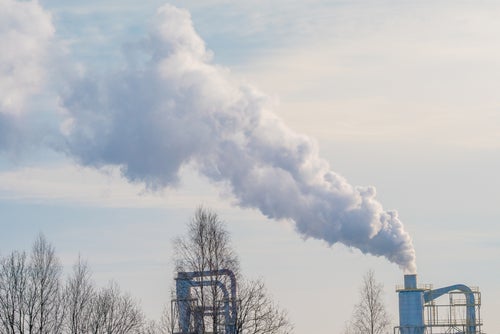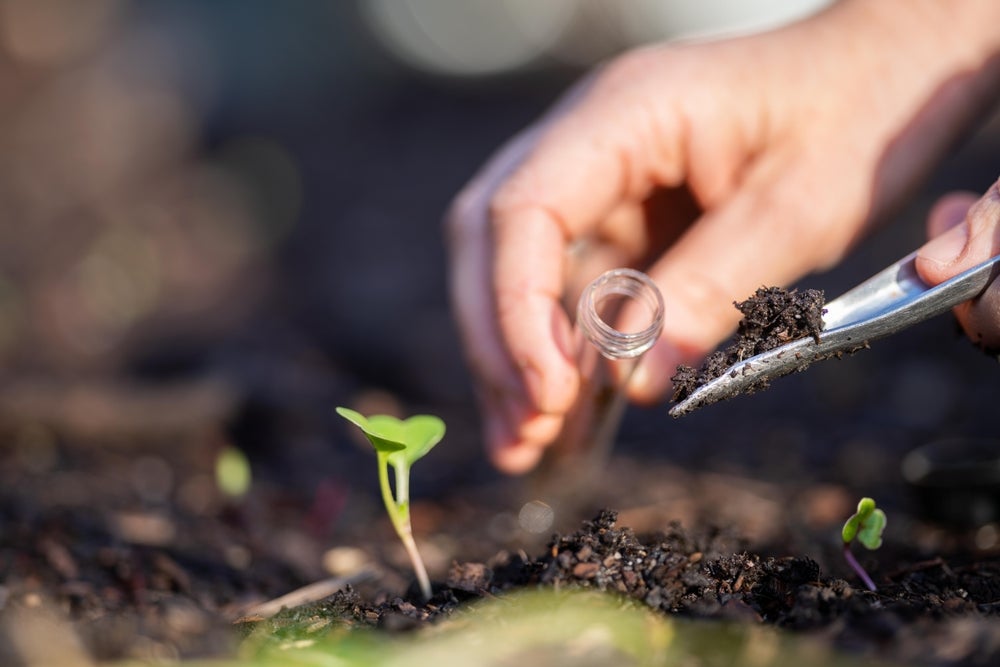
The SAC has announced the signing of a Memorandum of Understanding (MoU) which outlines a new strategic partnership with the Apparel Impact Institute (Aii).
The partnership aims to accelerate decarbonisation programmes and reduce greenhouse gas emissions across the entire sector. The collaboration comes at a critical time following the recent Intergovernmental Panel on Climate Change (IPCC) report, which emphasises the urgent need for collective action to address climate change.
SAC reports the textile and apparel industry faces a pressing need for transformation to align with global sustainability goals. To limit global warming to 1.5°C, the industry must reduce emissions by at least 43% by 2030 compared to 2019 levels, and at least 60% by 2035. To achieve these ambitious targets, the SAC and Aii will focus on several key areas:
- The partnership will prioritise research and ecosystem development to unlock financial resources for industry decarbonisation efforts.
- The organisations will establish a clear and standardised framework for suppliers, manufacturers, and brands to set impact targets
- Create action plans
- Track climate-related achievements
- Enhance industry engagement in reporting and data sharing.
Andrew Martin, executive vice president at SAC, said: “We see this collaboration as a unique opportunity to leverage our collective knowledge and technical expertise to drive meaningful change at scale.
“With time running out for us to reverse the worst impacts of climate change, the challenge we face is unprecedented and we cannot afford to lose any more time. We must, therefore, come together to co-create solutions that work towards a shift to a more responsible industry and deliver positive benefits to people and the planet.”
Under this new partnership, the SAC and Aii have signed an agreement to support the progress and development of the Climate Solutions Portfolio (CSP). The CSP serves as a registry of proven carbon reduction solutions for the apparel industry. The collaboration also includes the Fashion Climate Fund (FCF), a funding model designed to support carbon emissions reduction in the textile, apparel, and footwear supply chain across multiple tiers.
How well do you really know your competitors?
Access the most comprehensive Company Profiles on the market, powered by GlobalData. Save hours of research. Gain competitive edge.

Thank you!
Your download email will arrive shortly
Not ready to buy yet? Download a free sample
We are confident about the unique quality of our Company Profiles. However, we want you to make the most beneficial decision for your business, so we offer a free sample that you can download by submitting the below form
By GlobalDataKurt Kipka, chief impact officer at Aii, also emphasised the significance of the partnership and said: ” We are at a critical point for our planet where we need to translate this momentum into real action immediately. Every player across the apparel & footwear industry’s value chain – large and small – has the collective power to do just that. We feel that our partnership with the SAC will only further that momentum.”
SAC and the Aii are among the founding members of the apparel alliance, along with Textile Exchange and ZDHC. This alliance aims to synchronise objectives, strategies, resources, and reporting within the apparel and footwear industry. By organising events and training programmes, the alliance creates a comprehensive approach to address industry-wide challenges and foster a cohesive path towards reducing greenhouse gas (GHG) emissions. Together, they strive to achieve a minimum target of 45% GHG emissions reduction by 2030.







